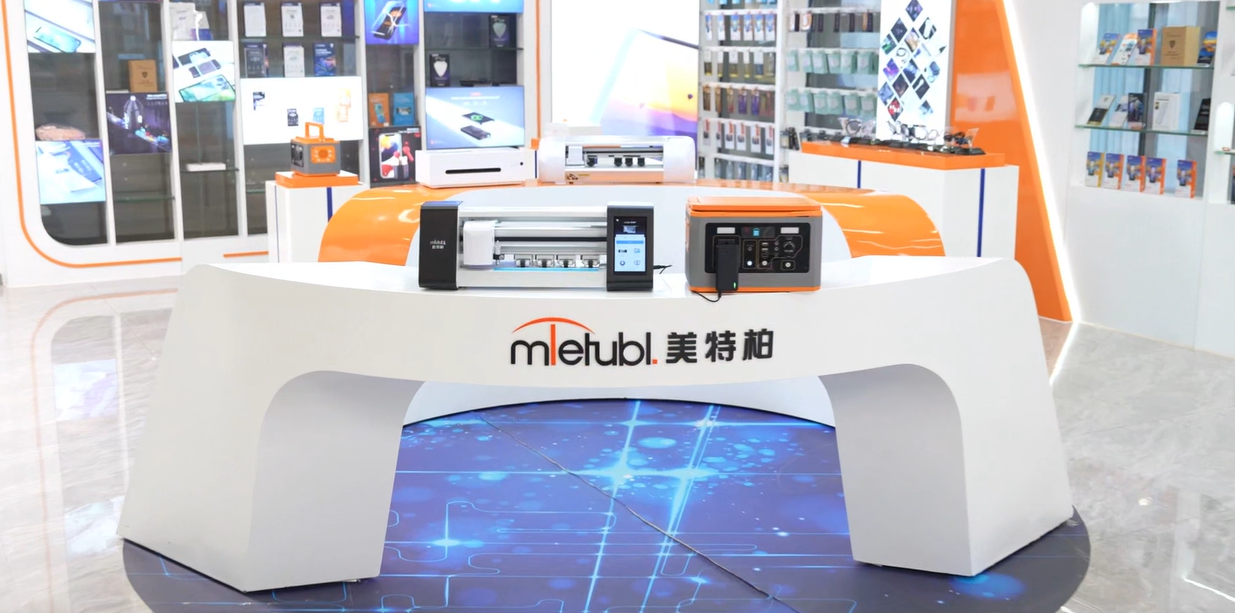
MIETUBL Brand Overview
MIETUBL is a brand originating from China and thriving through China’s intelligent manufacturing. It is committed to providing high-quality mobile accessories and related products to global consumers. Since its inception in 1998, the brand has followed the trends of the times, focusing on resource integration and building a symbiotic and shared industry ecosystem, enabling global consumers to conveniently access quality products that enhance their lives.
By continuously innovating and diversifying its product offerings, MIETUBL has achieved significant success in the mobile accessory industry. As a brand driven by customer value and innovation, MIETUBL has expanded into various product applications while accumulating rich industry experience and establishing a stable customer base. Headquartered in Zengcheng, Guangzhou, the company has strategically positioned itself within the mobile accessory industry, integrating high-quality production resources and aiming for a win-win business model.
Core Values and Development Vision:
-
Customer-Centric: MIETUBL always prioritizes customer needs, continually enhancing product quality and consumer experience through innovation and technological research and development.
-
Resource Integration and Industry Symbiosis: By integrating industry resources, MIETUBL creates a symbiotic, shared industry ecosystem, connecting global distributors and consumers, and promoting mutual growth across the value chain.
-
Global Vision: MIETUBL is committed to bringing Chinese manufacturing to the world, providing global consumers with high-quality, innovative mobile accessories, while offering profitable opportunities for distributors.
MIETUBL’s long-term vision is to continually enhance its products through innovation and quality, establishing “MIETUBL” as a globally trusted brand, recognized in markets around the world.
PRODUCTS
The Manufacturing Process of High Strength Tempered Glass
Raw Material Selection and Preparation
The journey to high-strength tempered glass begins with the careful selection of raw materials. Typically, soda-lime silicate glass is used, chosen for its cost-effectiveness and relatively good optical properties. This raw material undergoes a meticulous refining process to remove impurities and ensure consistent chemical composition. The purity of the raw materials is crucial, as even minor variations can impact the final product's strength and durability. This initial stage involves melting the raw materials at extremely high temperatures to achieve a homogenous molten glass.
Following melting, the molten glass undergoes a forming process. This might involve float glass technology, where the molten glass floats on a bath of molten tin to create a perfectly flat sheet, or other methods depending on the desired final shape and thickness of the glass. The resulting glass sheet then undergoes a careful annealing process to relieve internal stresses developed during the forming process. This annealing step is critical for creating a stable and uniform base for the subsequent tempering process. Without proper annealing, the glass might shatter unpredictably during the tempering stage.
The Tempering Process: Controlled Thermal Shock
The core of the tempered glass manufacturing process lies in the tempering itself. This involves a precisely controlled thermal shock, exposing the pre-annealed glass sheet to extremely high temperatures (typically around 650°C) followed by rapid cooling using forced air jets. This rapid cooling process induces compressive stresses on the glass surface while creating tensile stresses within the core. The critical aspect is the precise control of the heating and cooling rates, influencing the final degree of stress and consequently the final strength.
The compressive stresses on the outer surface are what make tempered glass so strong. When external forces attempt to break the glass, these compressive stresses resist the applied force. If the glass does eventually break, it shatters into small, relatively harmless fragments rather than sharp shards, enhancing its safety features. The controlled nature of this thermal shock is critical; inconsistencies can lead to flaws and reduced strength.
Quality Control and Inspection
Throughout the entire manufacturing process, rigorous quality control measures are essential. This includes monitoring the chemical composition of the raw materials, precisely controlling the temperatures during the heating and cooling phases of tempering, and rigorously inspecting the final product. Sophisticated techniques, such as polariscope inspection, are employed to detect any internal stress inconsistencies that could compromise the strength or safety of the glass.
These inspections are designed to identify any defects or imperfections that might have occurred during any stage of the process. This proactive approach to quality control ensures that only high-quality, consistently strong tempered glass reaches the market. Failing to meet these stringent quality standards can result in significant safety risks and compromised product performance.
Post-Tempering Processes and Applications
Once tempered, the glass may undergo further processing depending on its intended application. This might involve cutting, drilling, or edge finishing to achieve the required dimensions and shape. These processes must be carefully performed to avoid damaging the tempered glass and compromising its strength. Specific treatments, like coatings, can also be added to enhance properties such as scratch resistance or UV protection.
The versatility of tempered glass is evident in its diverse applications. From its use in automotive windshields and side windows to its prominent role in architectural applications like curtain walls and facades, its high strength and safety make it an indispensable material. Similarly, its incorporation into electronic devices, such as smartphones and tablets, showcases its adaptability and the remarkable engineering behind its creation.
SUBSCRIBE
INQUIRY